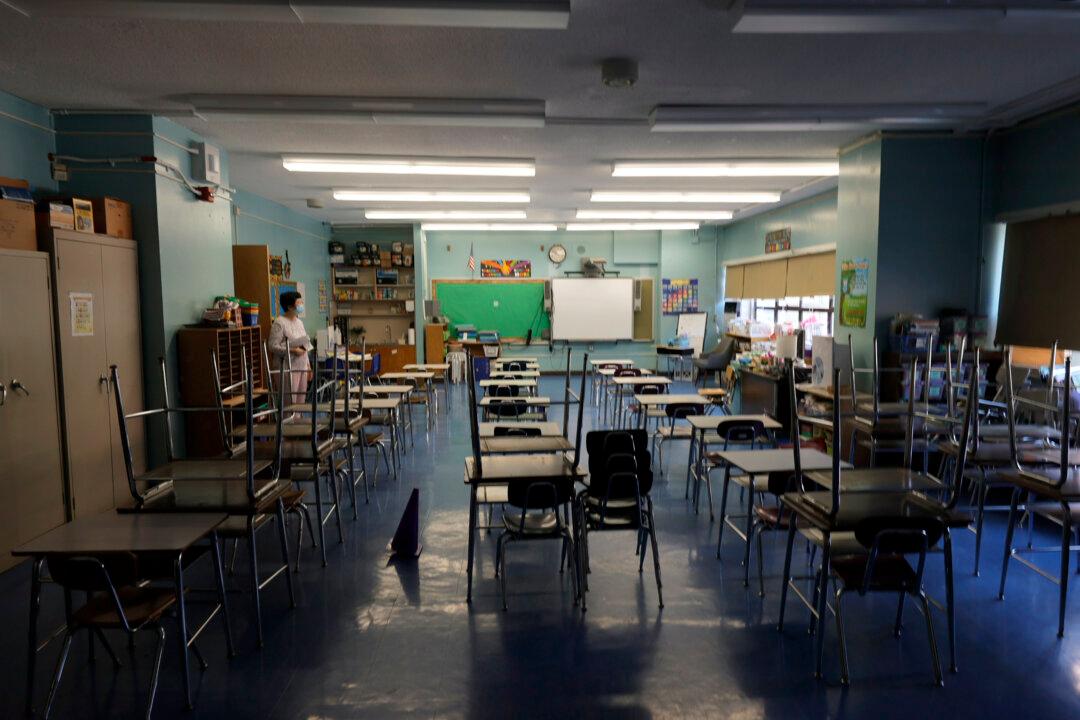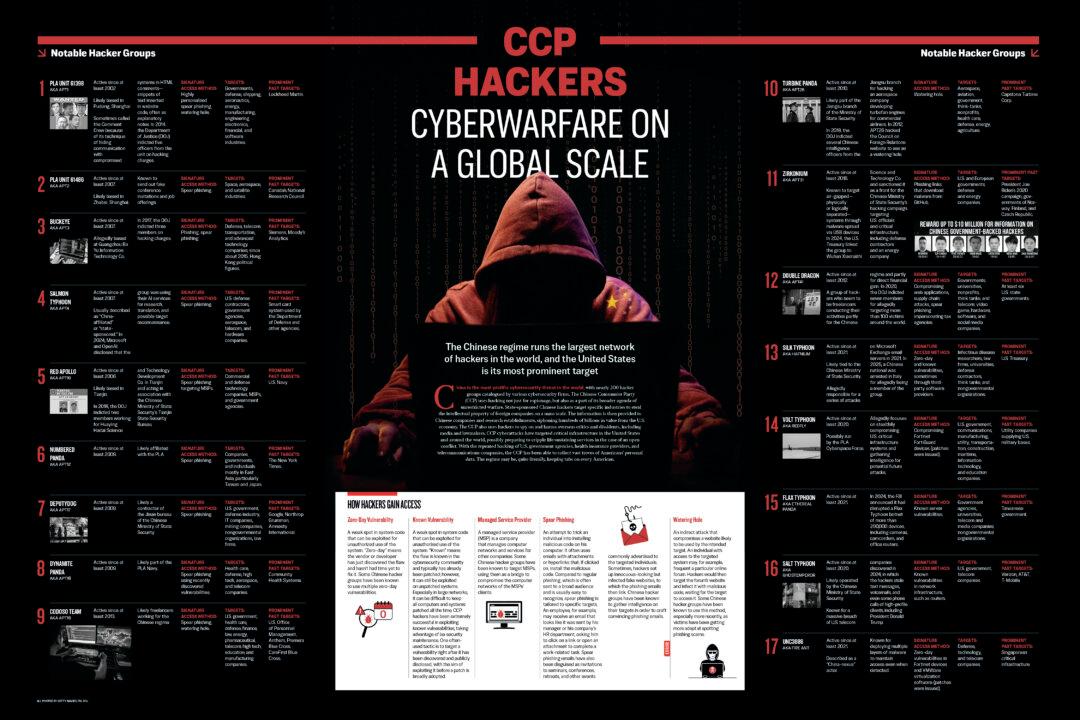With the school year having barely started, New York City parents already have issues with the measures the state has put into place to mitigate the spread of COVID-19.
It only takes one positive case for an entire class to be sent home for 10 days. Some parents question the rationale behind the policy, saying children should be able to remain in class if they test negative themselves.





